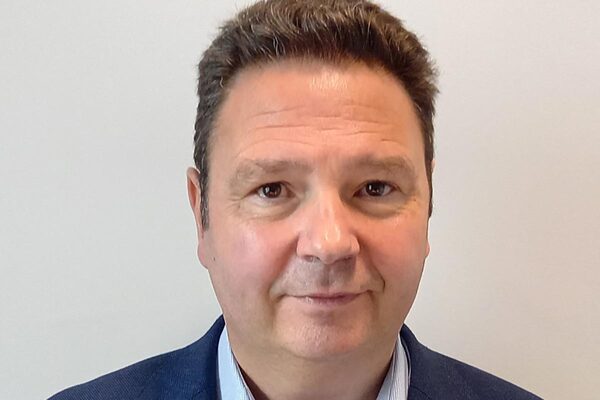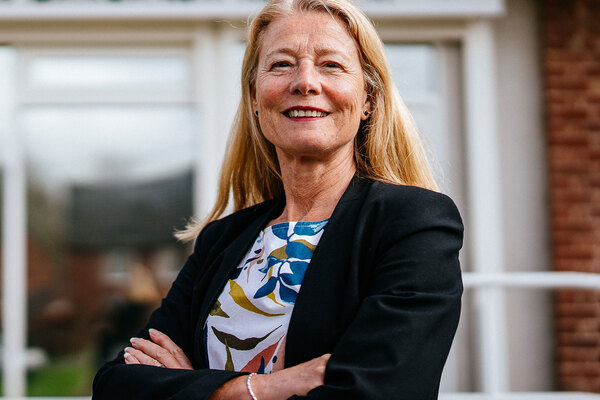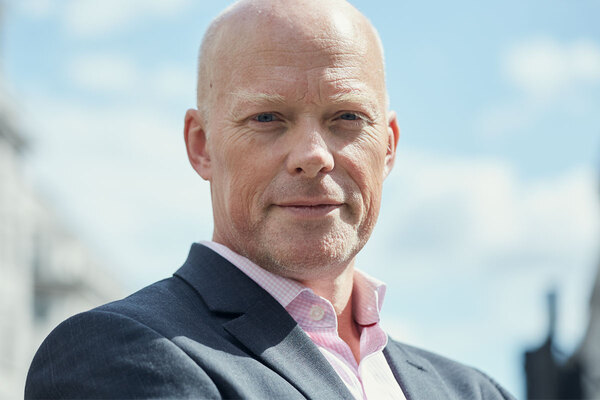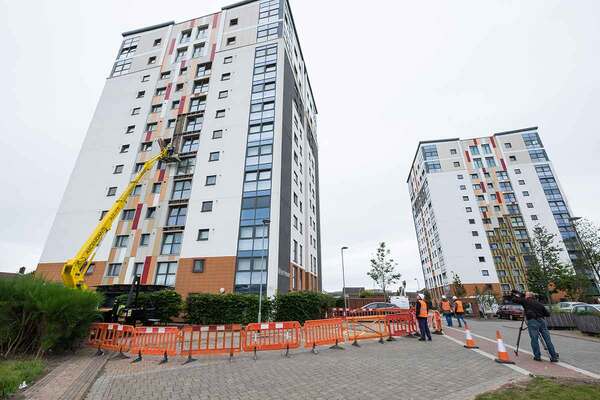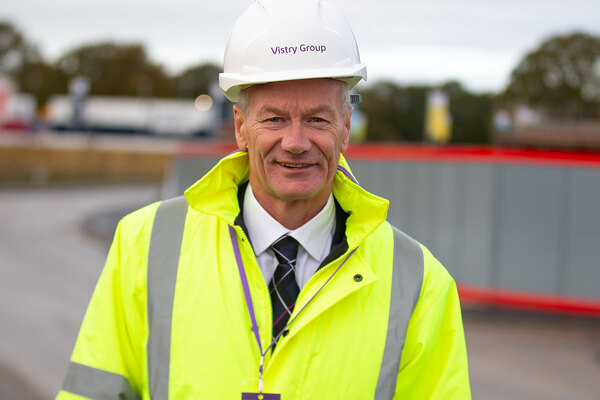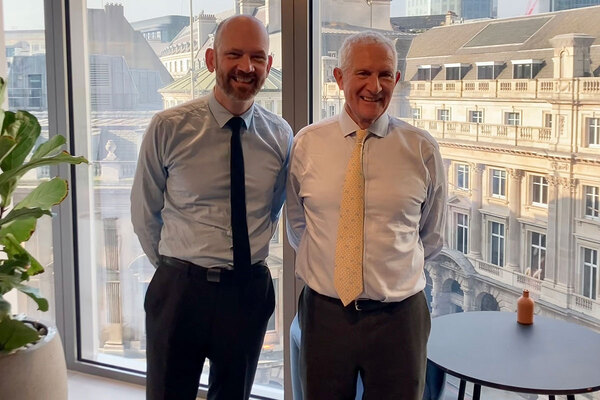You are viewing 1 of your 1 free articles
15 minutes with… Angela Mansell, managing director of Mansell Building Solutions
Angela Mansell has been managing director at family business Mansell Building Solutions since 2019. She tells Jenny Messenger what it is like to be a woman in the construction industry
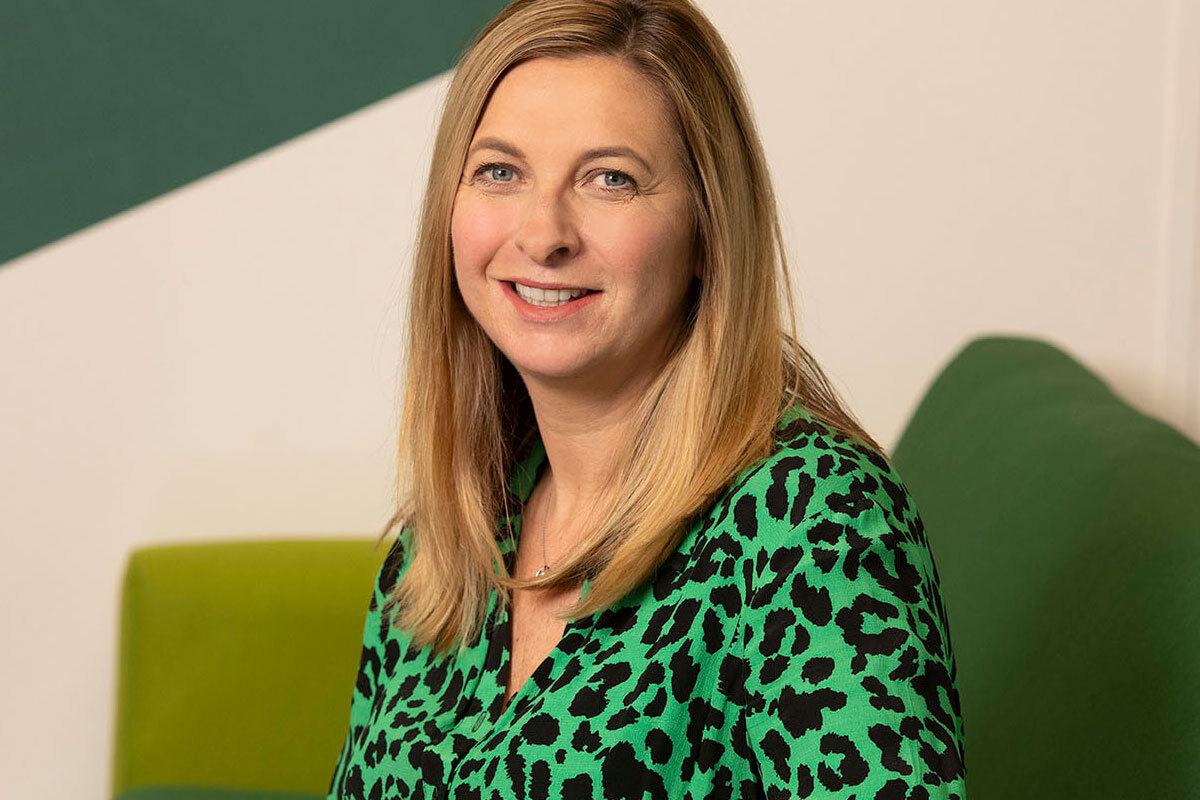
How did you start out in the construction sector?
My dad set Mansell Building Solutions (MBS) up. He was a quantity surveyor by trade, and he always said to me that “construction’s no place for women. I can’t ever imagine you coming to work in our business.”
He wasn’t saying that from a sexist point of view, he was being protective. I think, in the late 1980s and early 1990s, construction wasn’t a particularly nice environment for people to be in, and certainly not your daughter.
I loved travelling, so I ended up getting a job in the travel industry. But after 9/11, things went into freefall and I was re-interviewed for my job at least three times.
It was at that point my dad said to me: “I know I’ve always said construction is no place for women, but it is getting better. Why don’t you come and work with me and do a job in buying? If you save your salary in the first year, then it was worth employing you.” I proceeded to save double.
Then I started to poke my nose into all the different areas of his business. He was beginning to grow, and the more he grew, the more I got involved. It kind of mushroomed from there.
How long has MBS been in the modern methods of construction (MMC) sector?
What we do is geared around light gauge steel, which exists in traditional buildings. We would install that on site. We realised, with the manufacturer of that product, that you could panelise it and assemble it off-site to create whole structures. We were one of the early adopters.
My dad always saw opportunity in something new, in innovation. But we were still treating it a little bit like a construction site in a unit – on a job-by-job basis. It wasn’t... a factory with continuity and a pipeline. That’s begun to evolve through me and Steph [Mansell, business support director at MBS and Angela’s sister].
Why are so many MMC companies failing?
What people have been trying to do is go too fast. Where we’ve seen the failures has been in modular. The problem with putting a house [together] in a factory is that you’re putting too many noses out of joint, as you’re pushing contractors out. If houses have been built in a factory, where’s the place for the contractors?
Instead of going to volumetric, we’re working with panels. That still provides a place for the current industry to flourish. You have to work with it, rather than trying to disrupt it.
[A main contractor] deals with the substructure. That’s the riskiest part of the build, because until you put a spade in the ground, no one really knows what the site is going to give you. They provide a nice, flat, level base, and then we turn up and put our panels together and create the structure of the building.
But there are still things like plumbing and electrics that the main contractor is part of. We’re just part of that supply chain.
Have you experienced lenders being wary of MMC?
There have been those conversations. What’s come into play is a level of certification and a level of confirmation from third parties that what we’re doing is durable, is tested and stands up to the rigours of being a long-term investment.
We are certified under BOPAS [Buildoffsite Property Assurance Scheme], which is something that is becoming recognised by lenders and housing associations.
How do you manage challenges around supply chain and pipeline?
Because we’re engaged early in a project, we get early design orders. Then we can work with our supply chain much in advance, and we’re able to ringfence stock. It allows certainty, because we’ve got that relationship with our suppliers. But I think it’s a two-way street – to procure certainty, you’ve got to make a commitment.
A bigger challenge than supply chain is pipeline. We’ve invested in a nearly 50,000 square foot factory, and to feed that beast, we need guaranteed work to put through it.
Last summer, we had to shut the factory for a month because we ran out of work. We took the workforce from the factory and located them on site, and they were able to complete site works. Jobs were still sustainable, but we’ve got to multiskill people in processes and then we’re able to move them around.
It wasn’t ideal, but it wasn’t the end of the world. But I don’t want to ever reach a point at which we’re doing that again.
Can I go to bed every night thinking that that’s not going to happen currently? No. We only have visibility on pipeline maybe six months ahead. Ideally, to run a factory, I’d have visibility a couple of years ahead.
How have legislative changes like the Building Safety Act (BSA) altered the landscape for MMC?
The BSA has been very prescriptive around when certain things must happen. The way that legislation is constructed is that, to comply with this, companies like us now have to be involved earlier on.
Whether or not we can fully administer the BSA and whether we’ve got enough people to do what needs to be done are different matters altogether. But the premise helps.
Before, people would still hedge their bets and say, “We like [MMC] as an idea. But we need to just check the market.”
What do you think the future of MMC looks like?
I think it is about changing the skill base of what we need. I’m trying to train people to do fewer things, [as they are working] with an engineered product that has already been designed.
There have been some good initiatives. Registered providers and housing associations have joined the Off-Site Homes Alliance, and they are trying to channel a will to do some of this differently.
[After the general election], it looks like there will be a commitment to homes, which is fantastic. But if everyone thinks we’re going to build them traditionally and not adopt any kind of change in methodology – even if we get to a point where someone says, “Here’s a million homes to build this year” – we haven’t got the capacity to build them. We need an external stimulus to push it forward.
What has it been like, in practice, to build a career in construction as a woman?
Initially, it was challenging, because you can’t be what you don’t see. It’s about finding your tribe and having other people out there to act as those role models. They’re very few and far between.
But the longer I stay in the industry, the more I act as a role model, hopefully.
‘15 minutes with…’ series
In our ‘15 minutes with…’ series, we have a quick chat with the biggest names in the sector about the most important issues.
Previously, we have featured:
Barbara Brownlee, chief executive of Soho Housing
Eddie Hughes, former minister for rough sleeping and housing
Geeta Nanda, chief executive of Metropolitan Thames Valley Housing
David Bogle, chair of Homes for Cathy
Laurence Carr, money coach at Yorkshire Housing
Dinah Roake, chair of the London Housing Panel
Sheron Carter, chief executive at Hexagon
Helen Spencer, executive director of growth at Great Places
Julie Wittich, executive director of assets and sustainability at Accent
Ian Mulheirn, executive director of policy at the Tony Blair Institute for Global Change
Kevin Ruth, chief executive of Together Housing
Piers Williamson, chief executive of The Housing Finance Corporation
Seyi Obakin, chief executive at Centrepoint
Fayann Simpson, senior independent director at L&Q
Mark Perry, chief executive at Vivid
Rose Bean, executive director of assets and sustainability at Abri
Ruth Cooke, chief executive at GreenSquareAccord
Ben Denton, managing director at L&G Affordable Homes
Simon Dudley, chair at Ebbsfleet Development Corporation
Emma Palmer, chief executive at Eastlight Community Homes
Tracy Harrison, chief executive at Northern Housing Consortium
